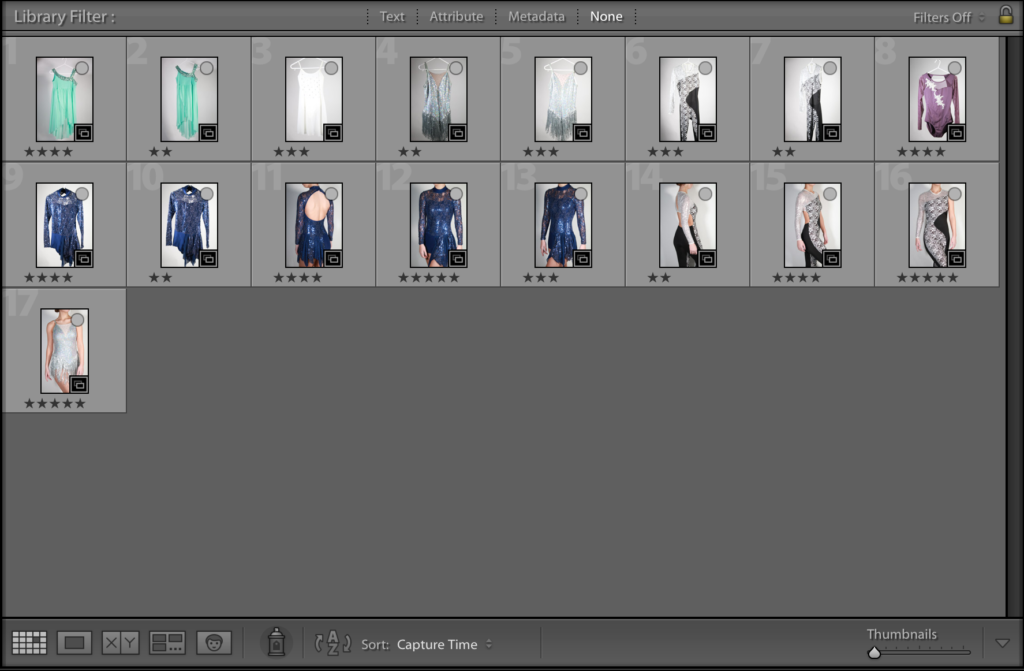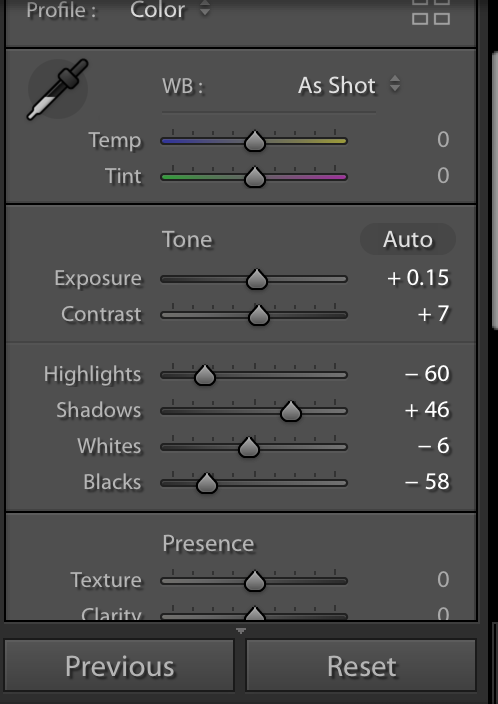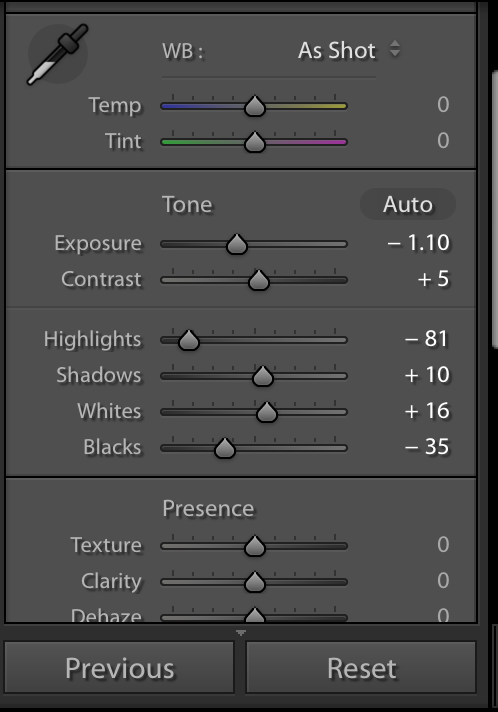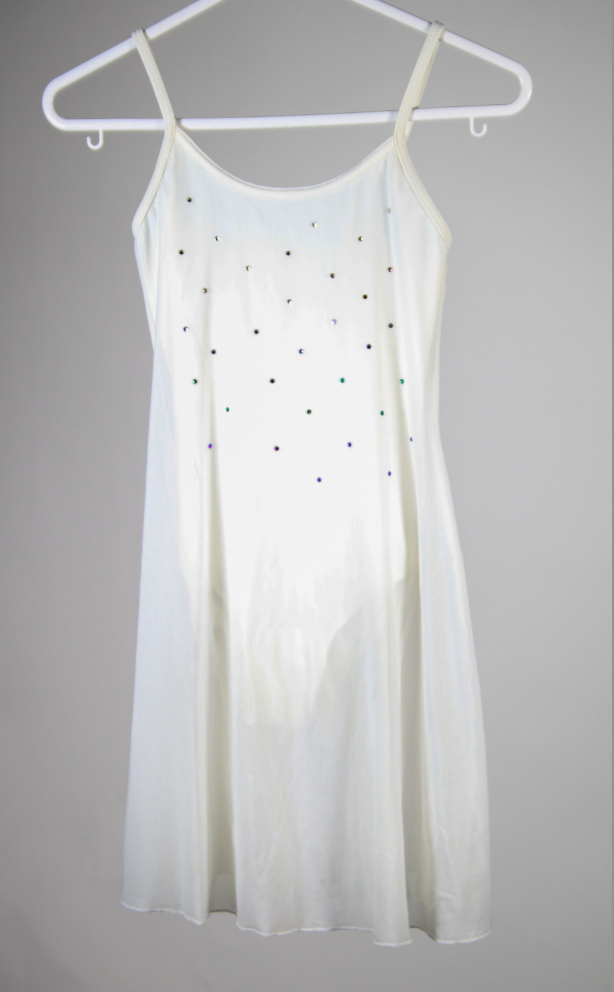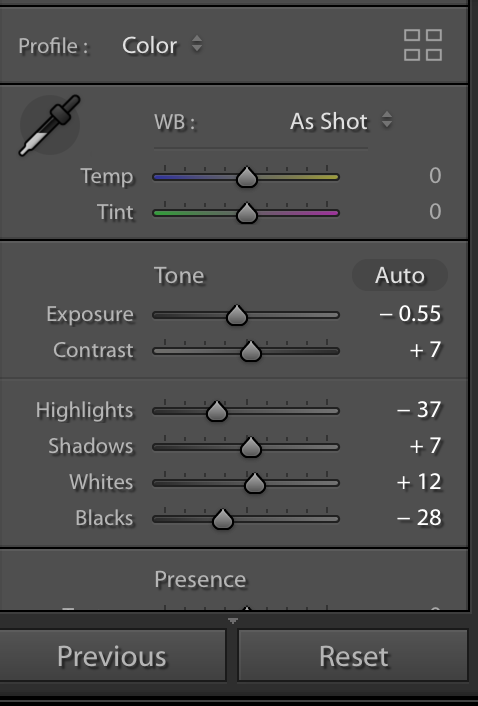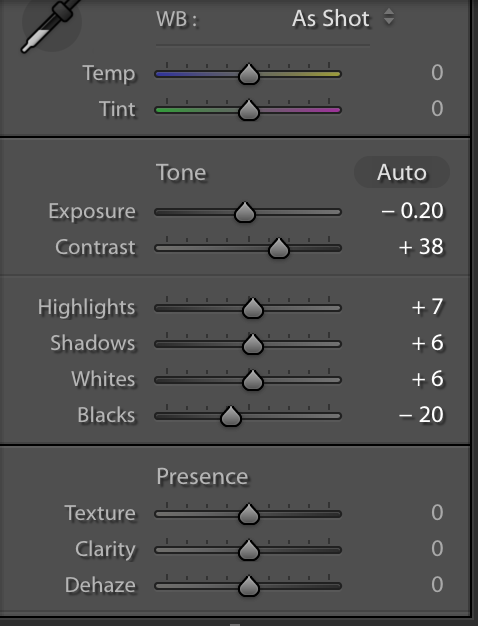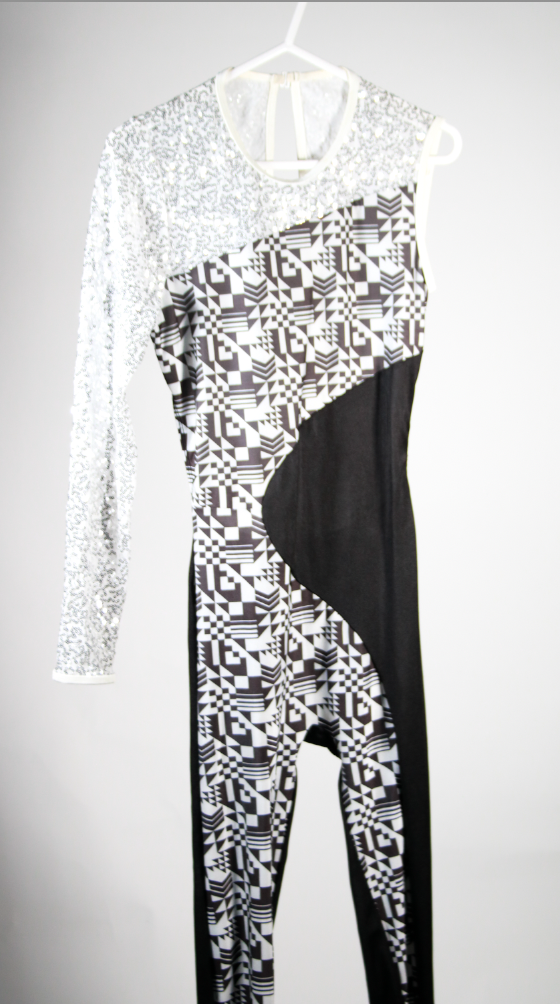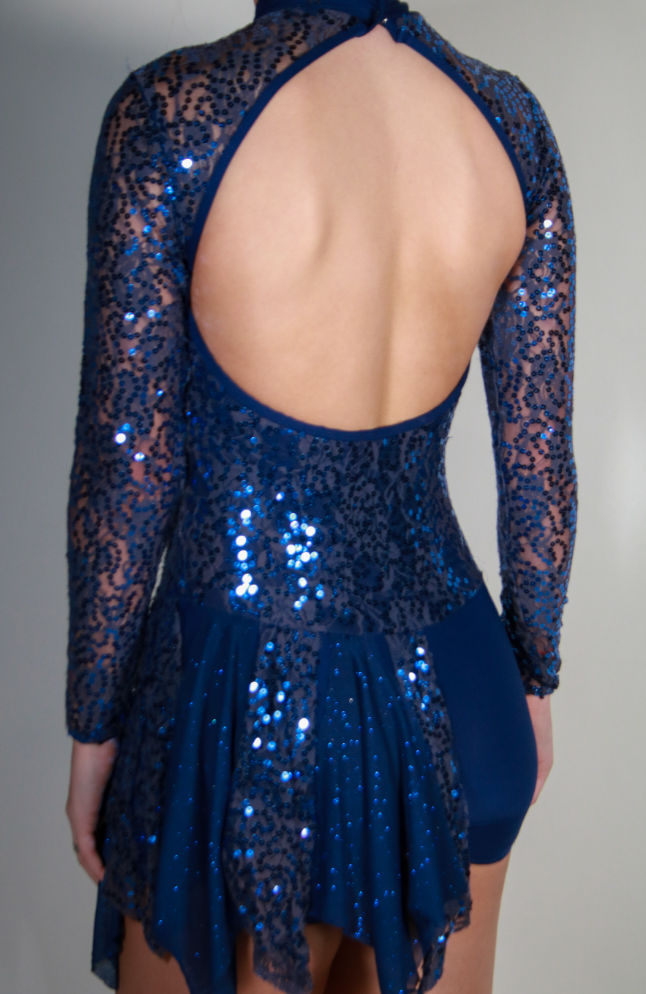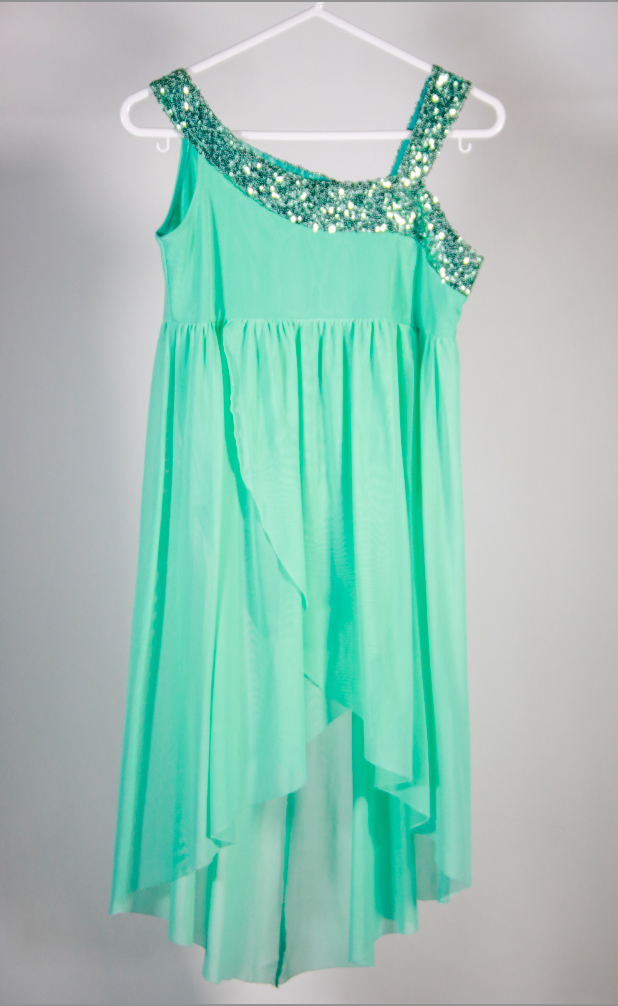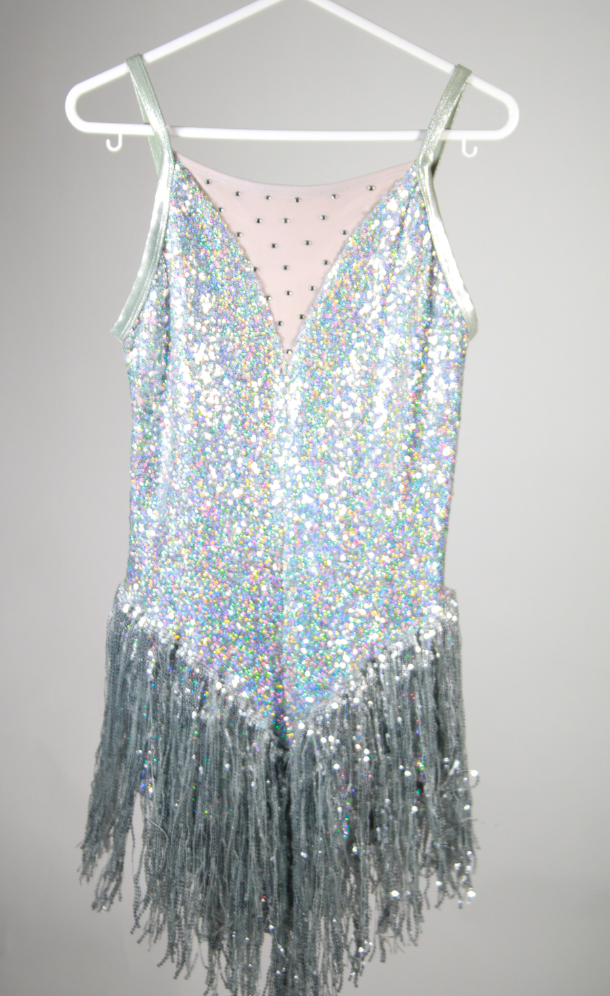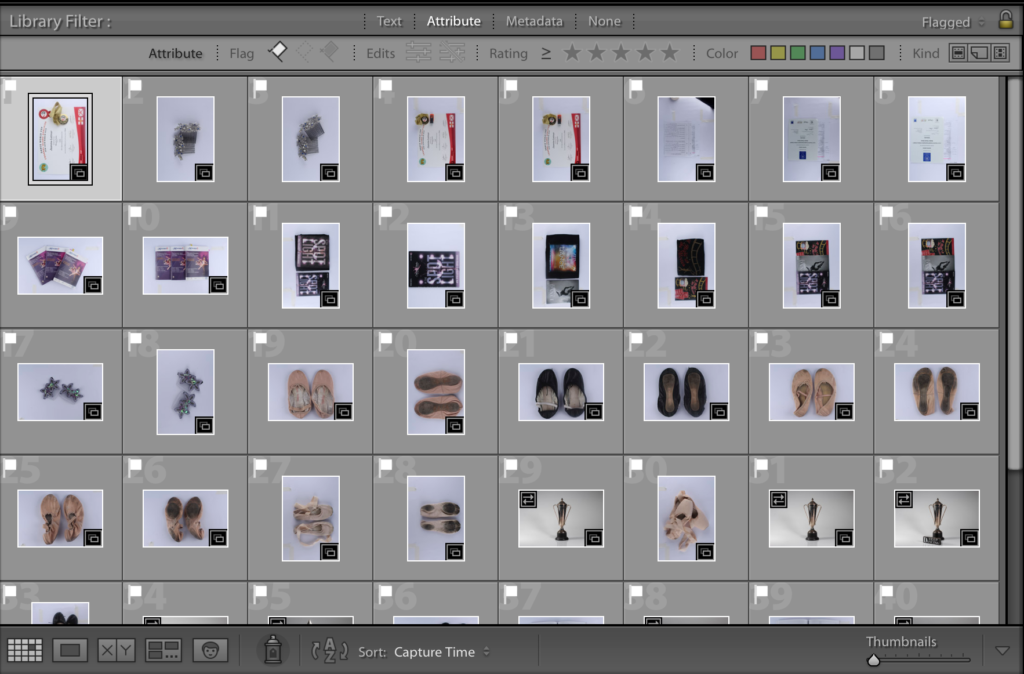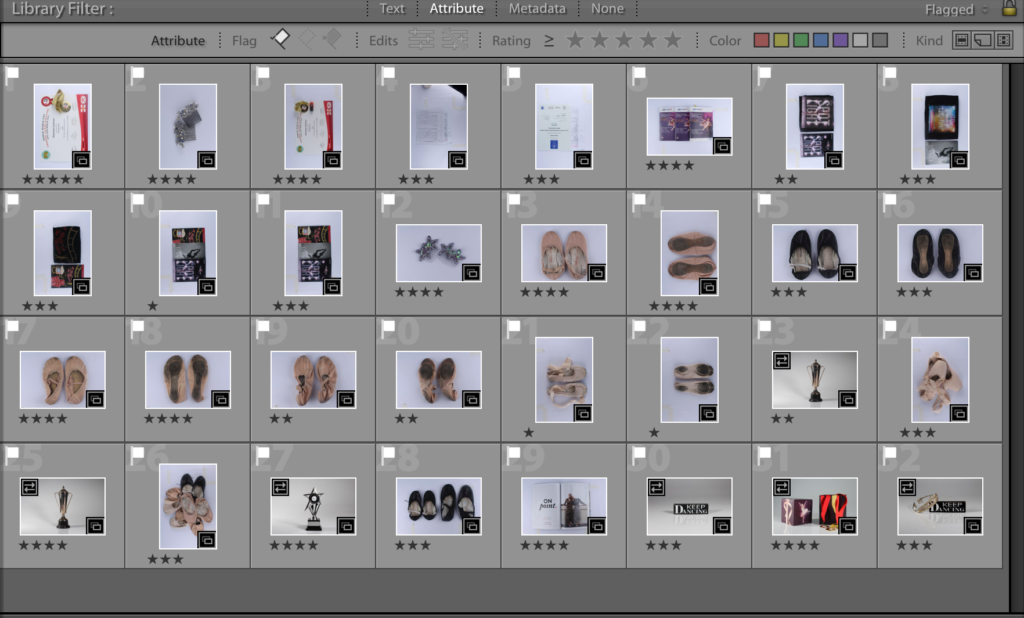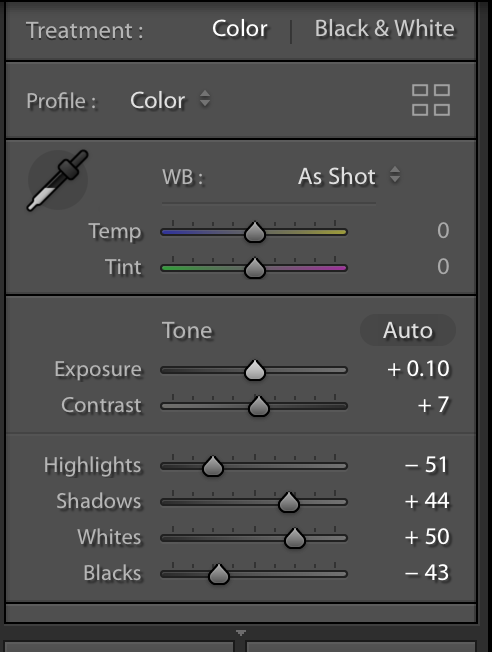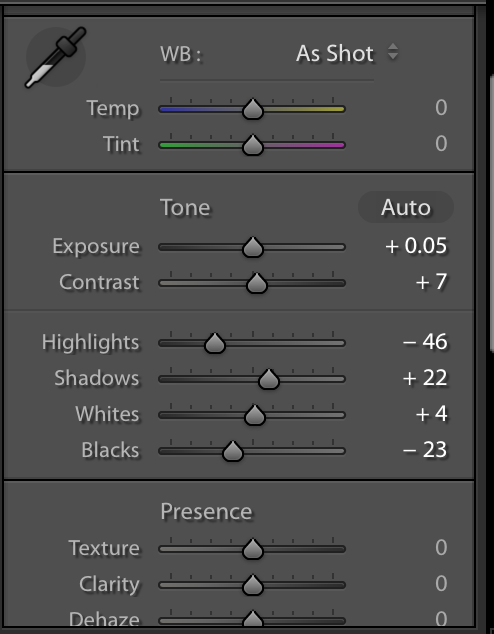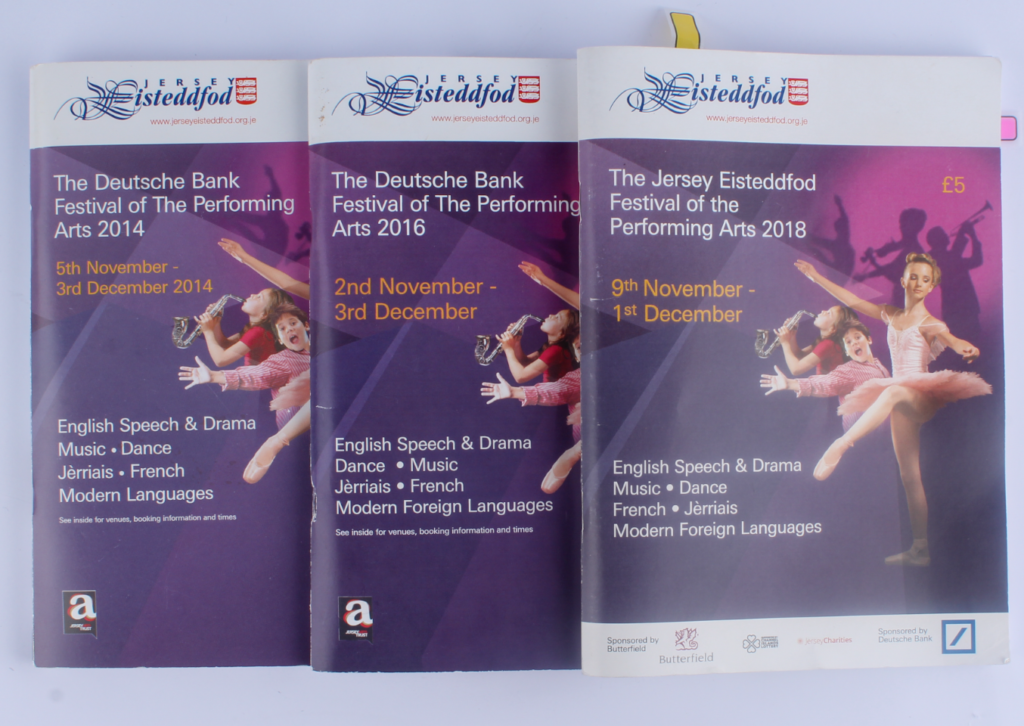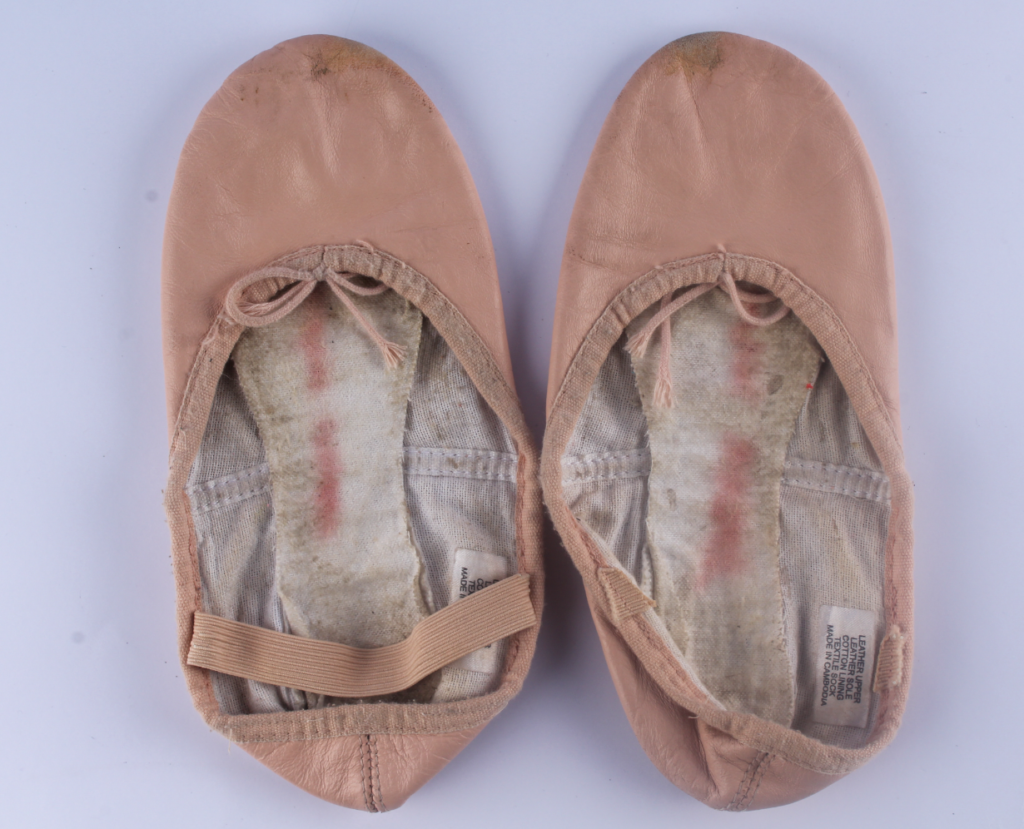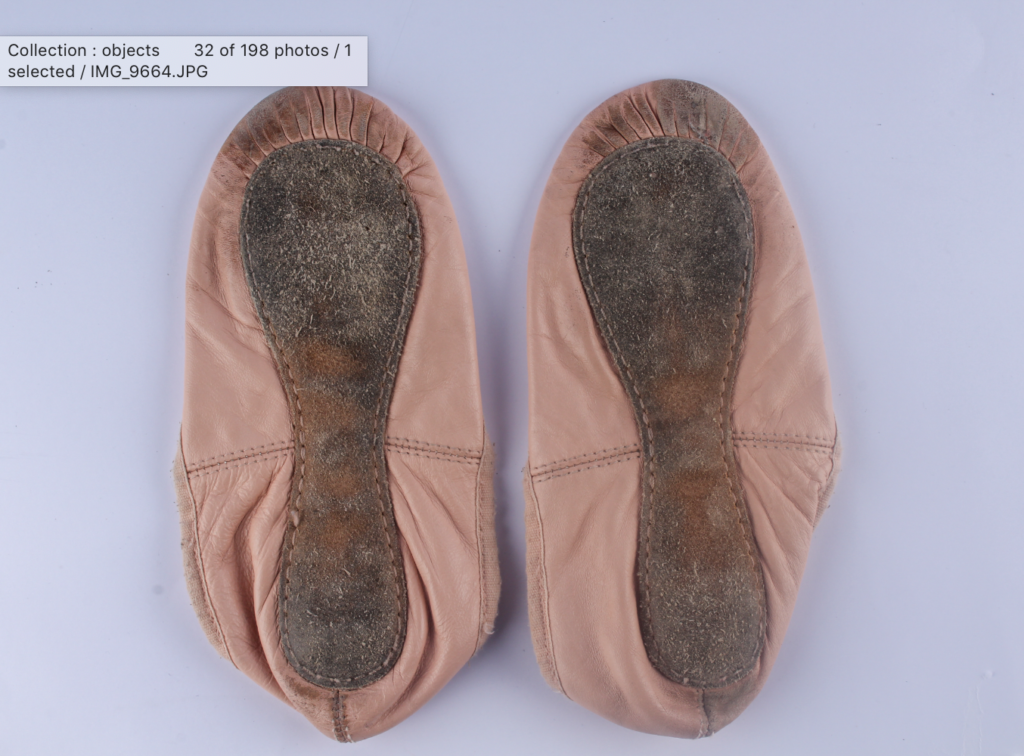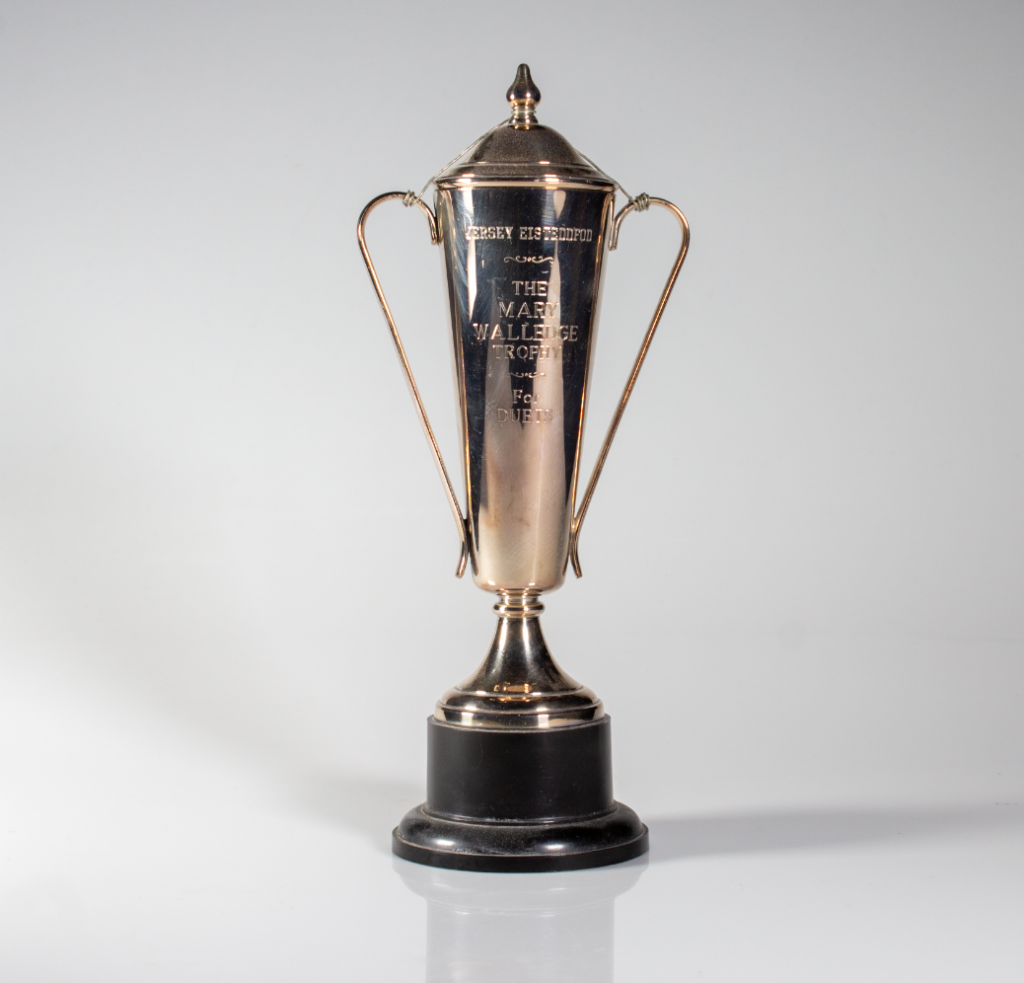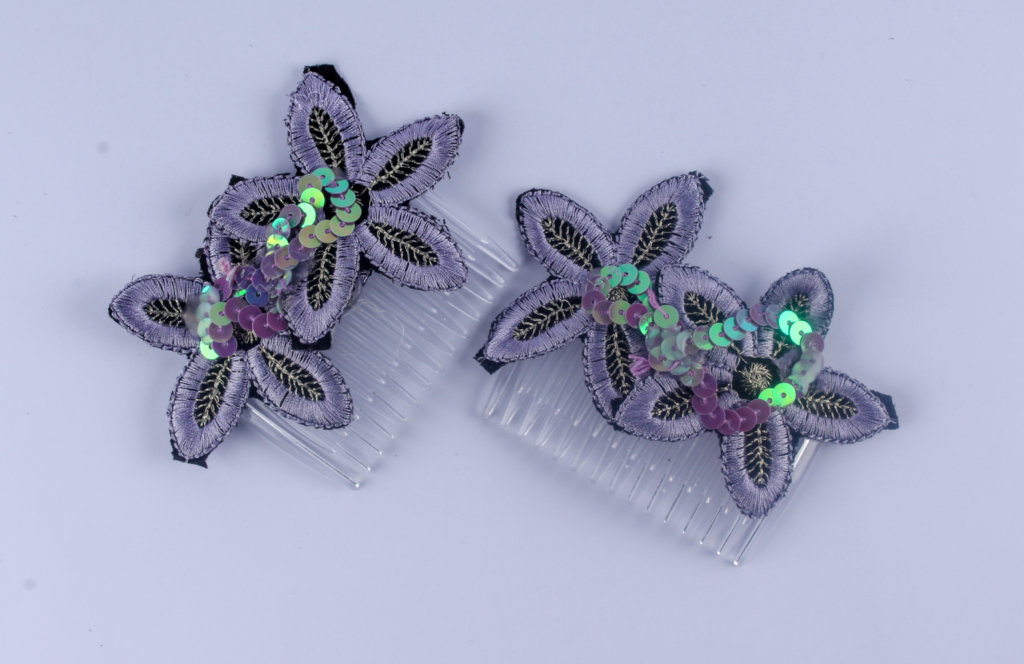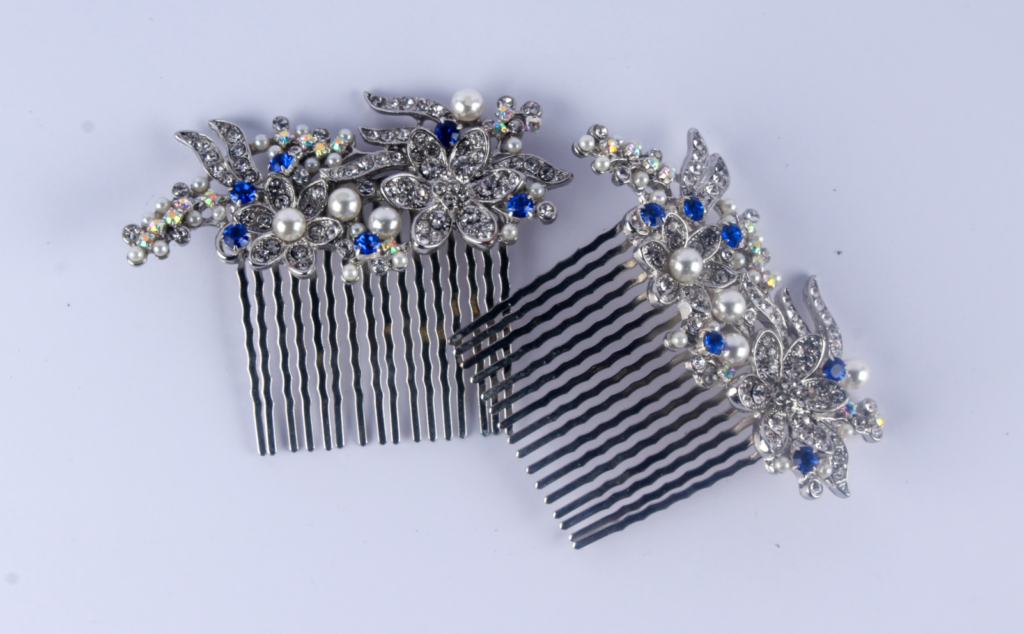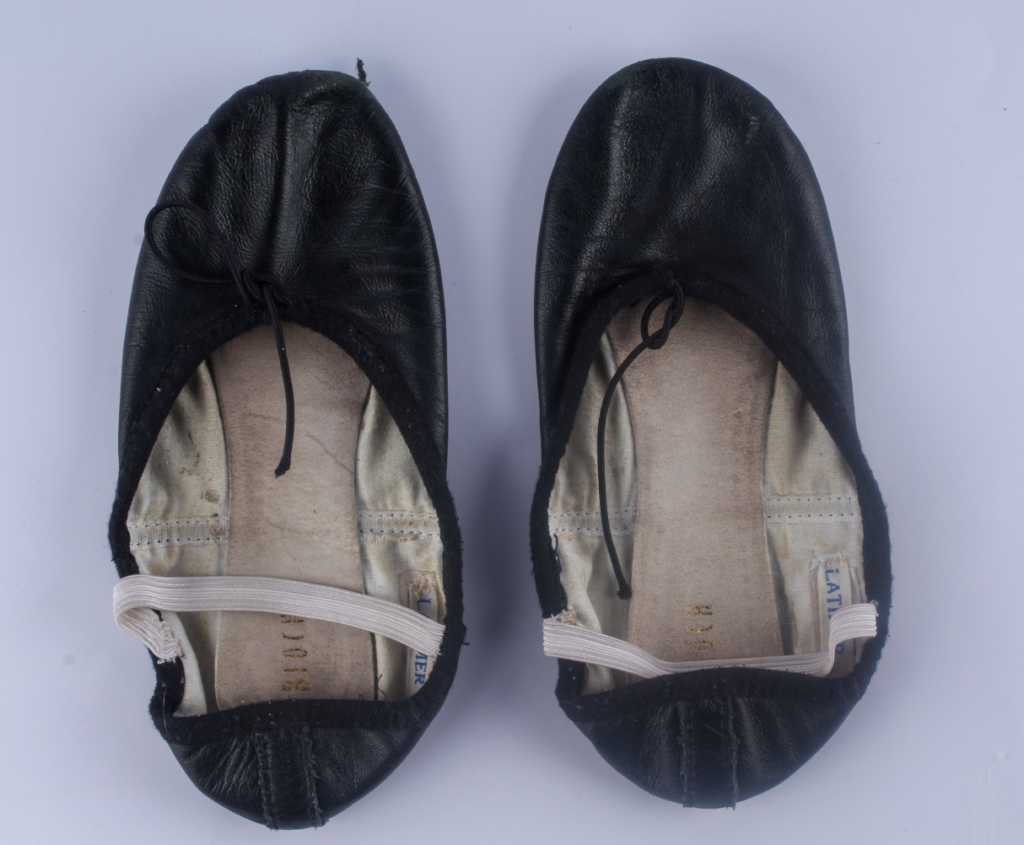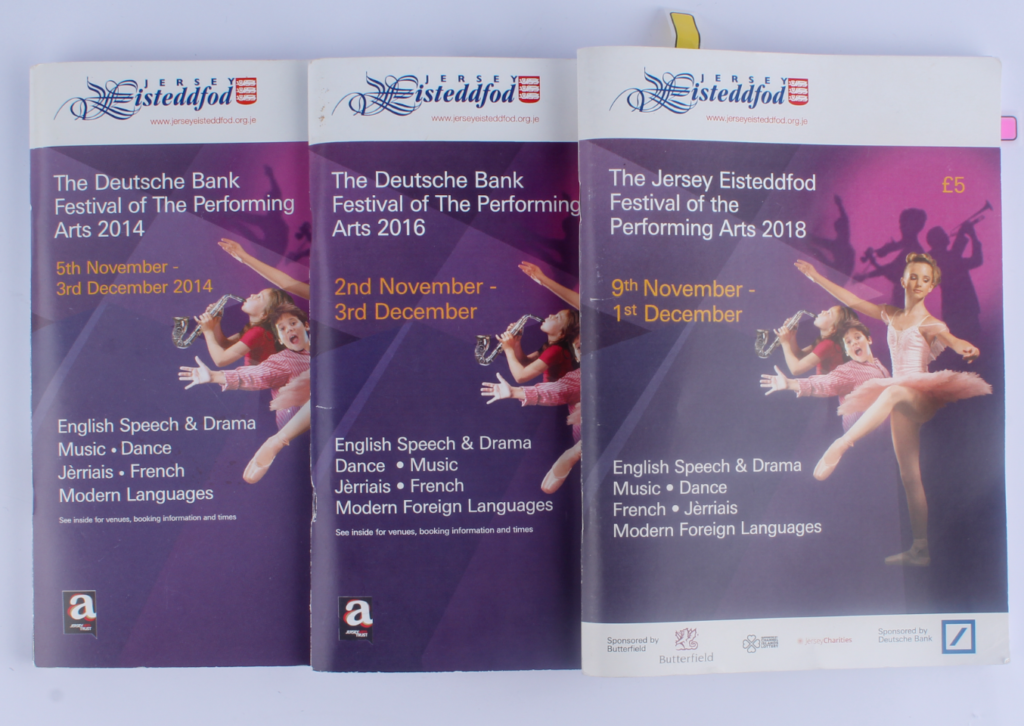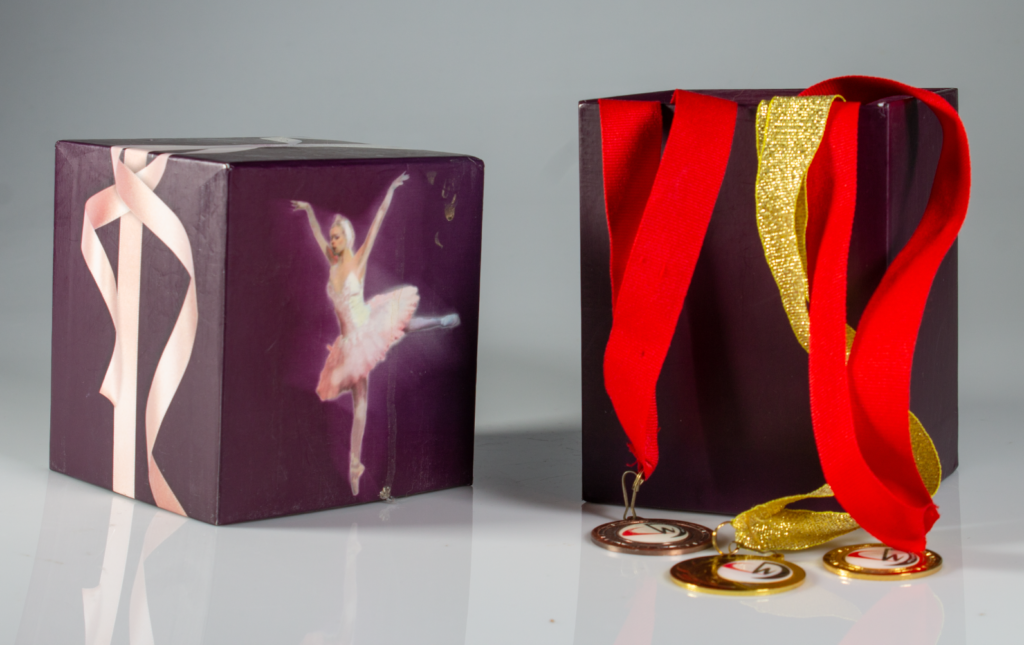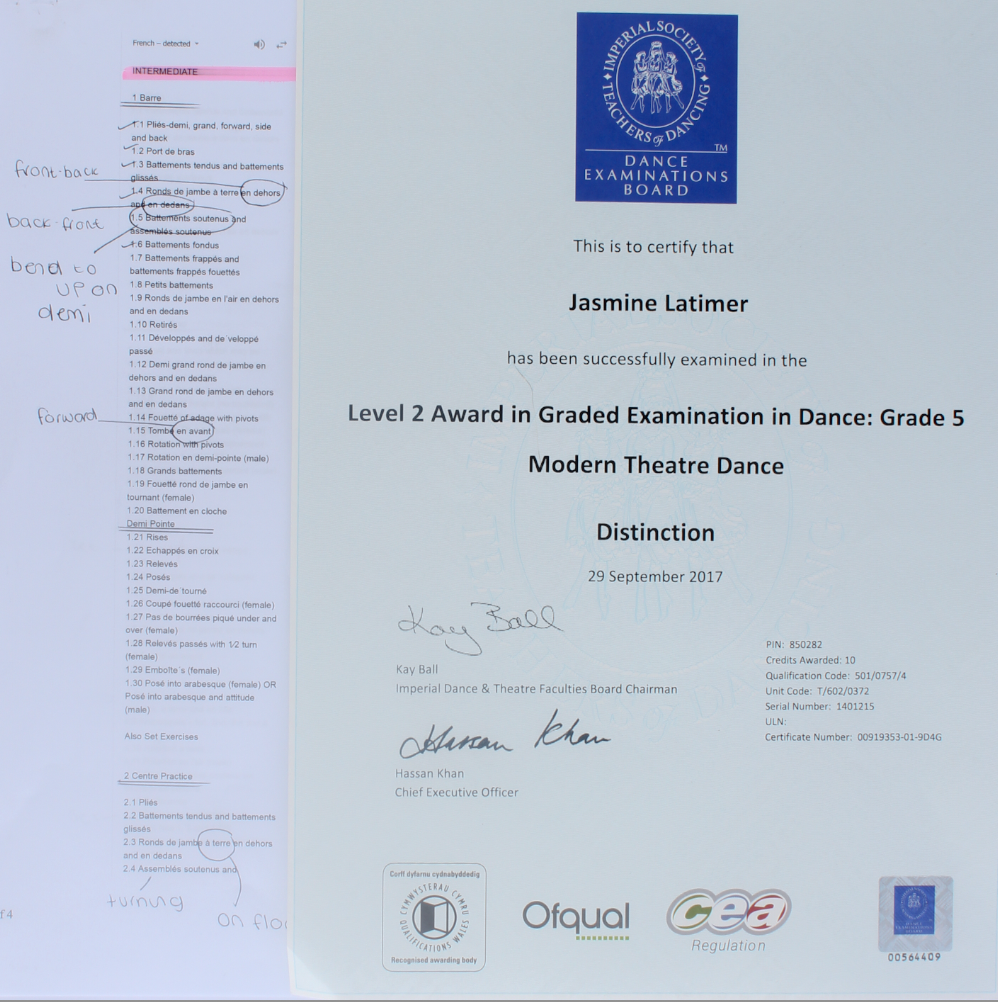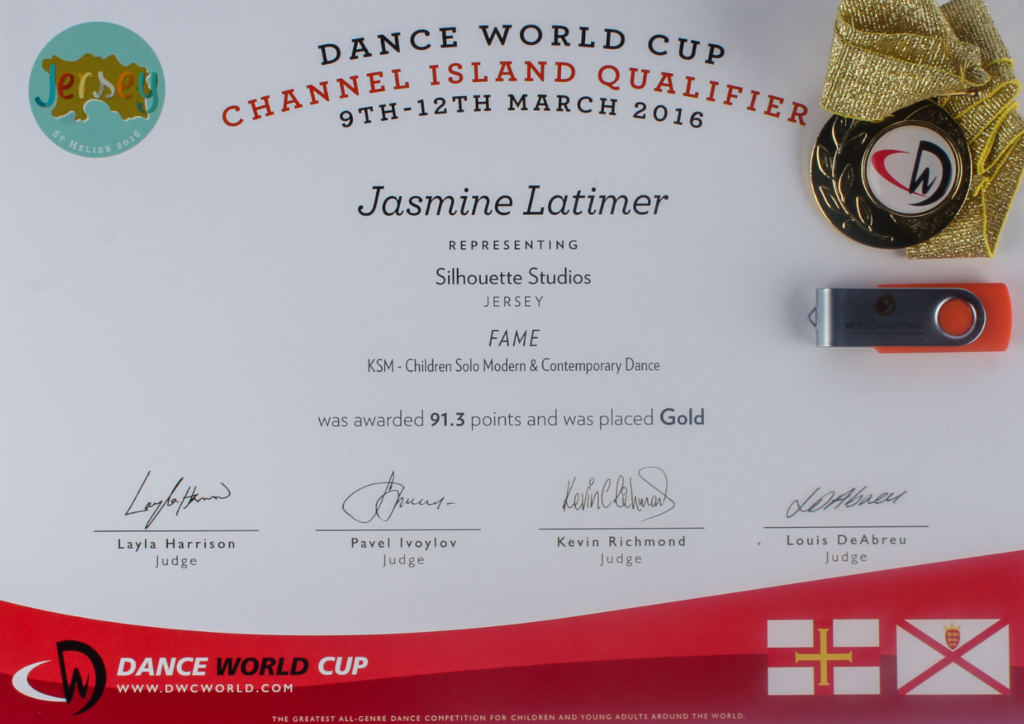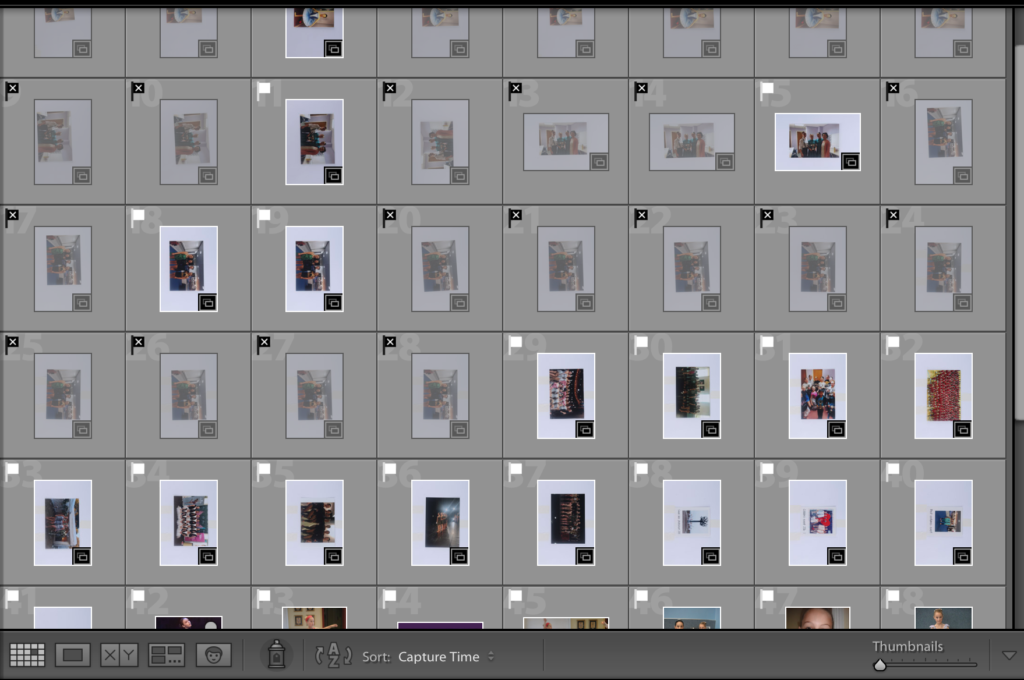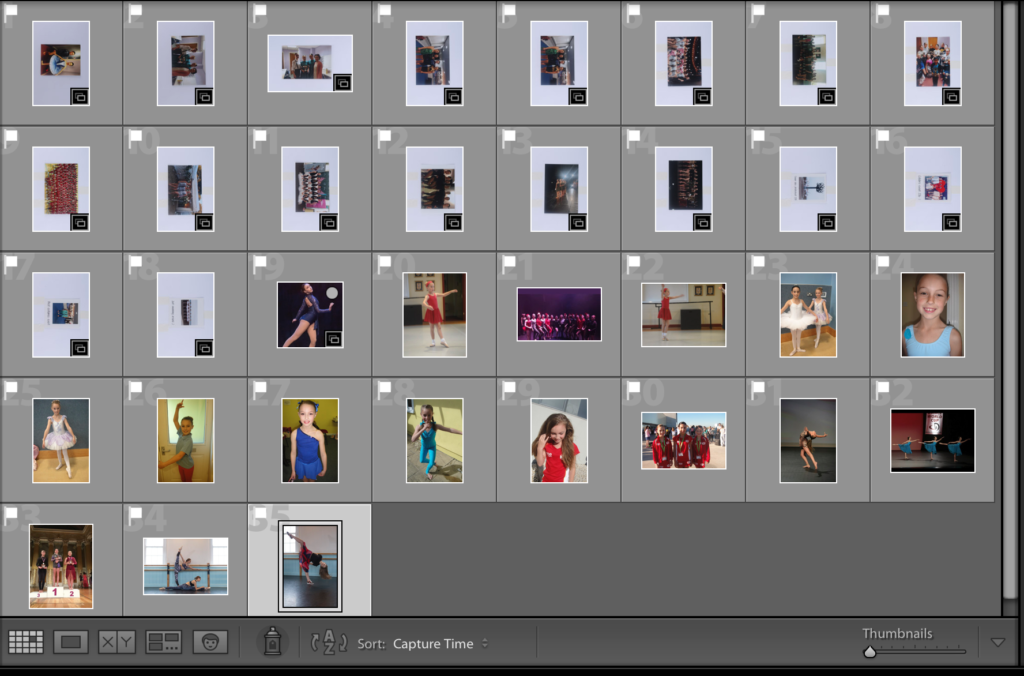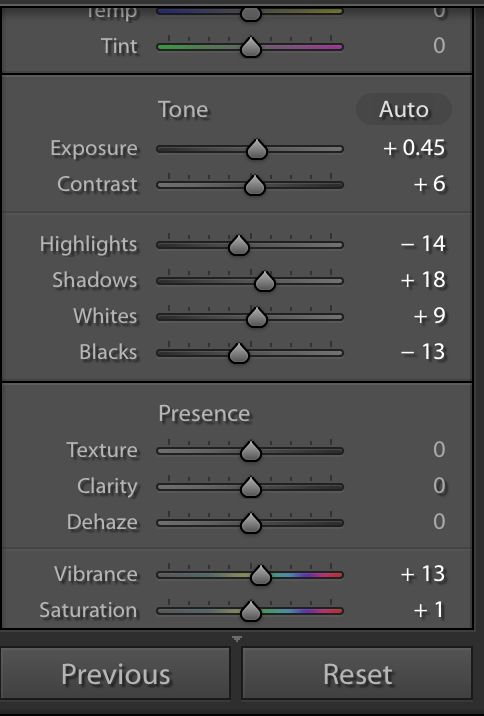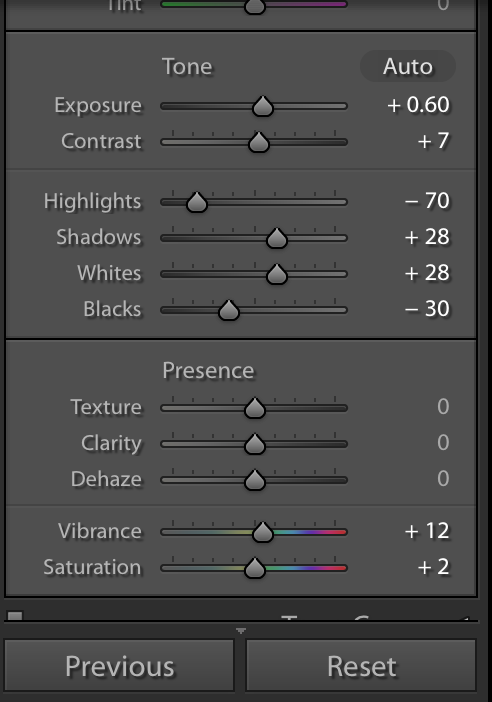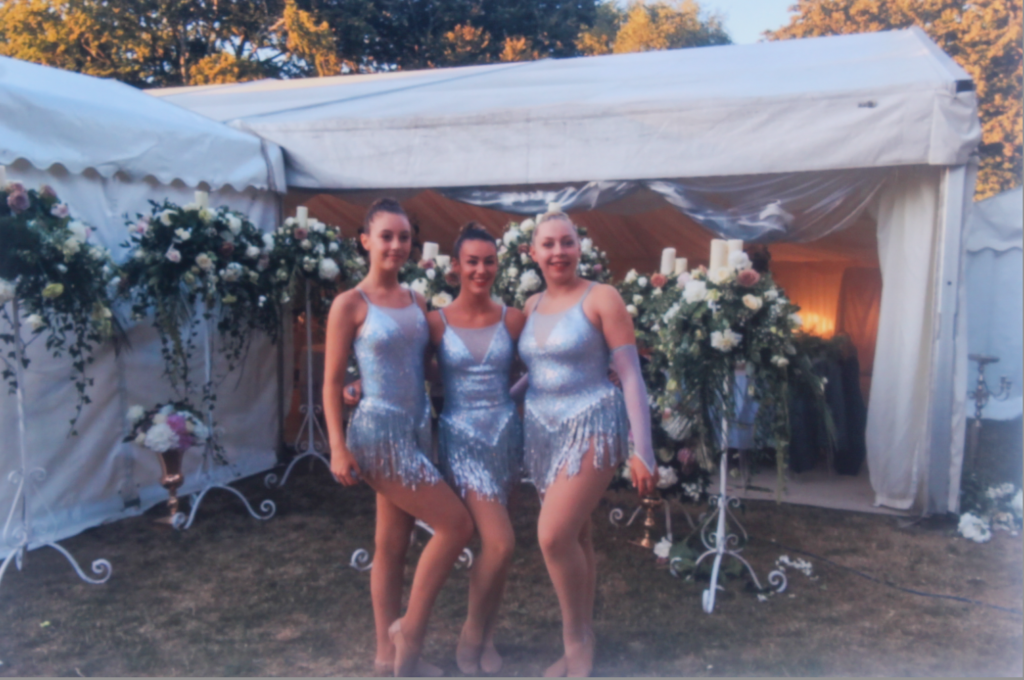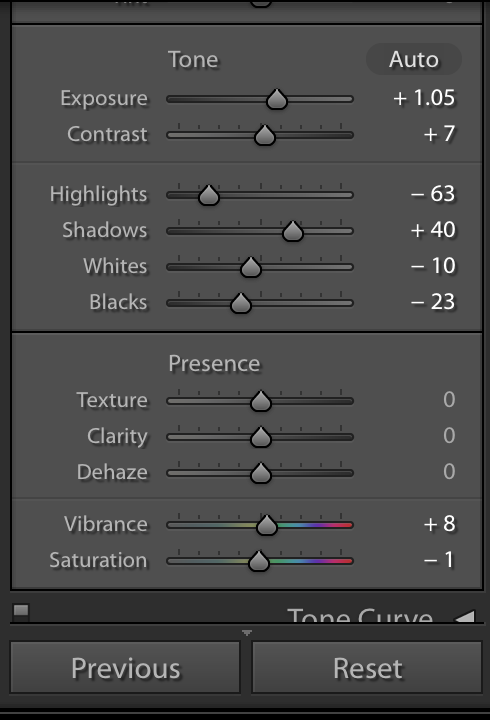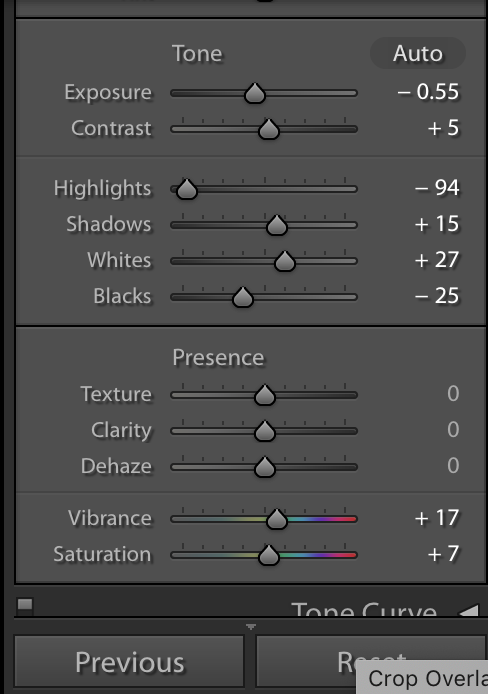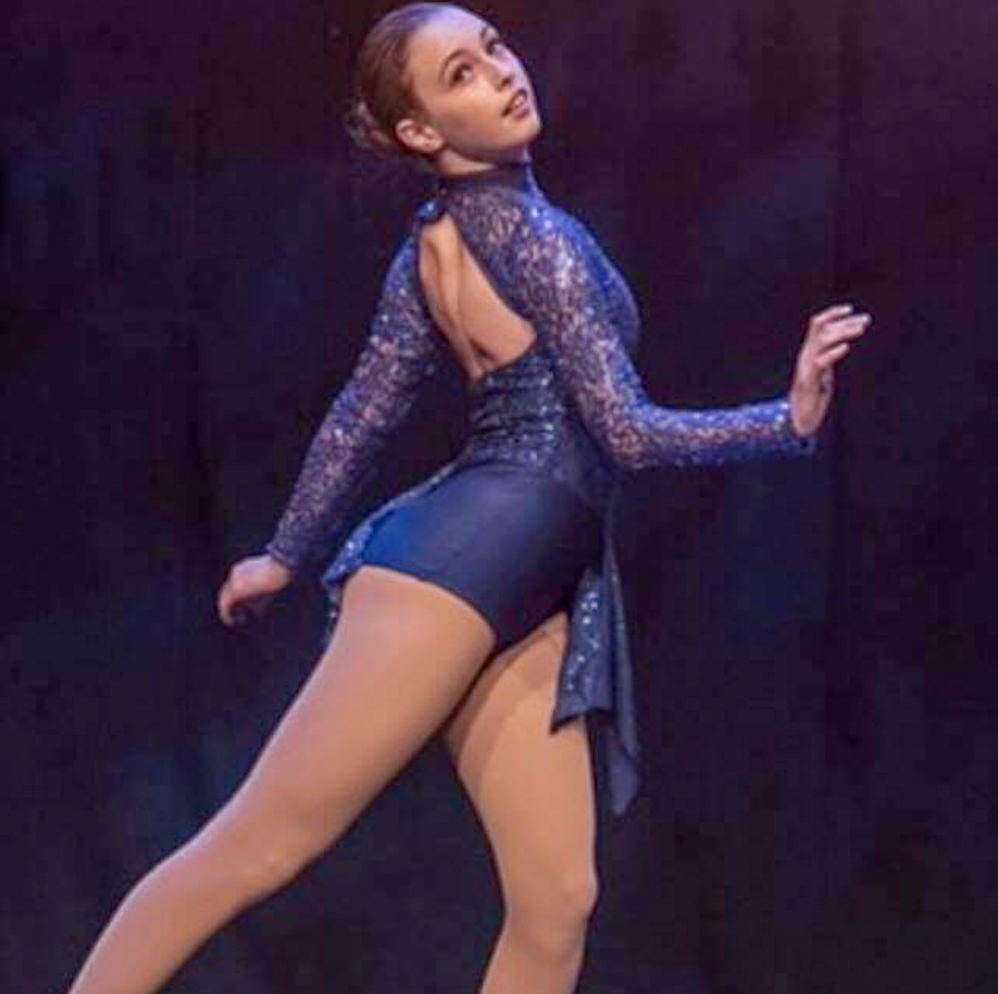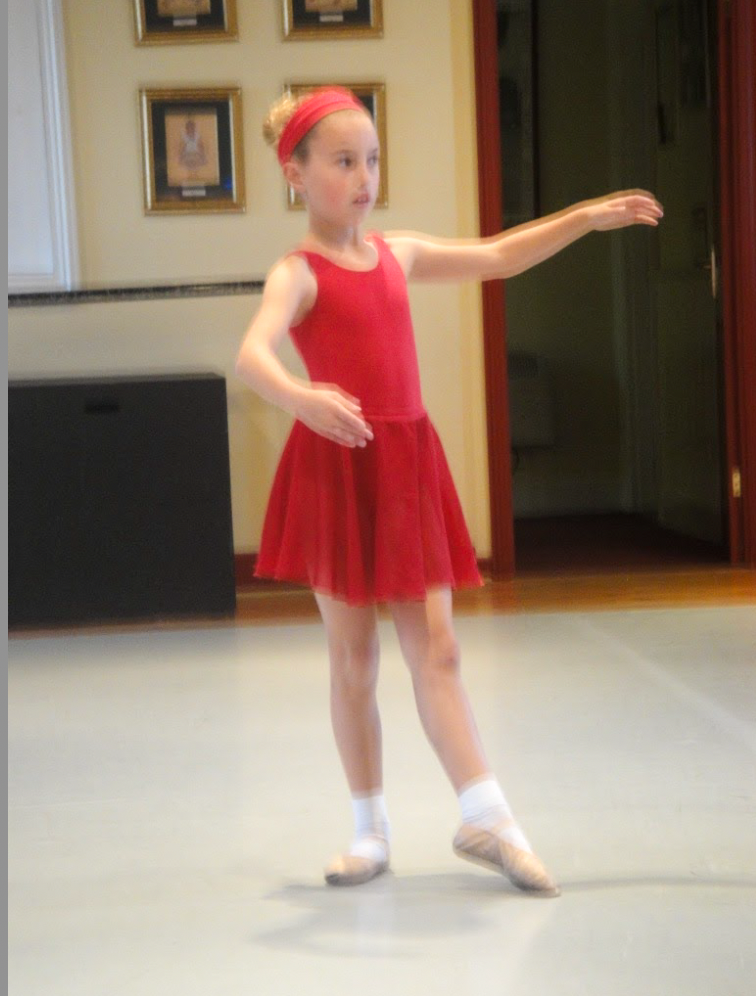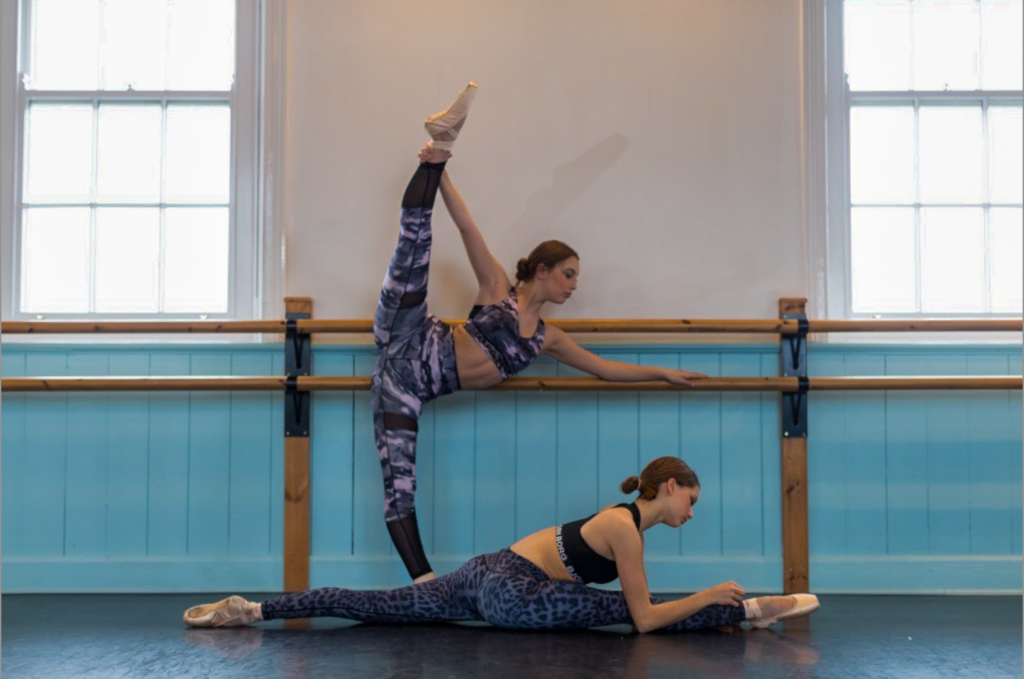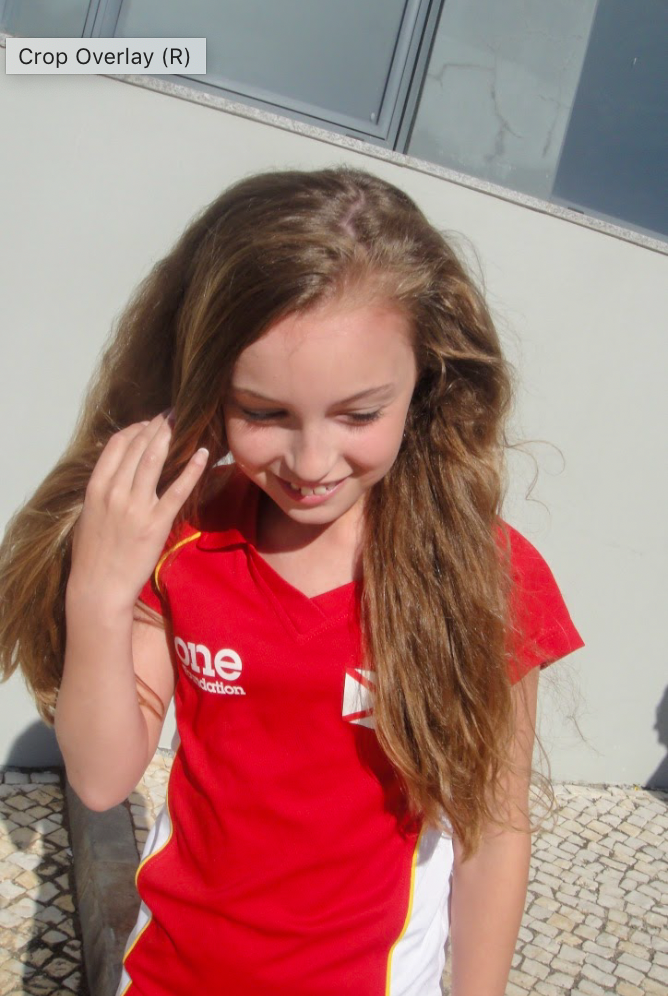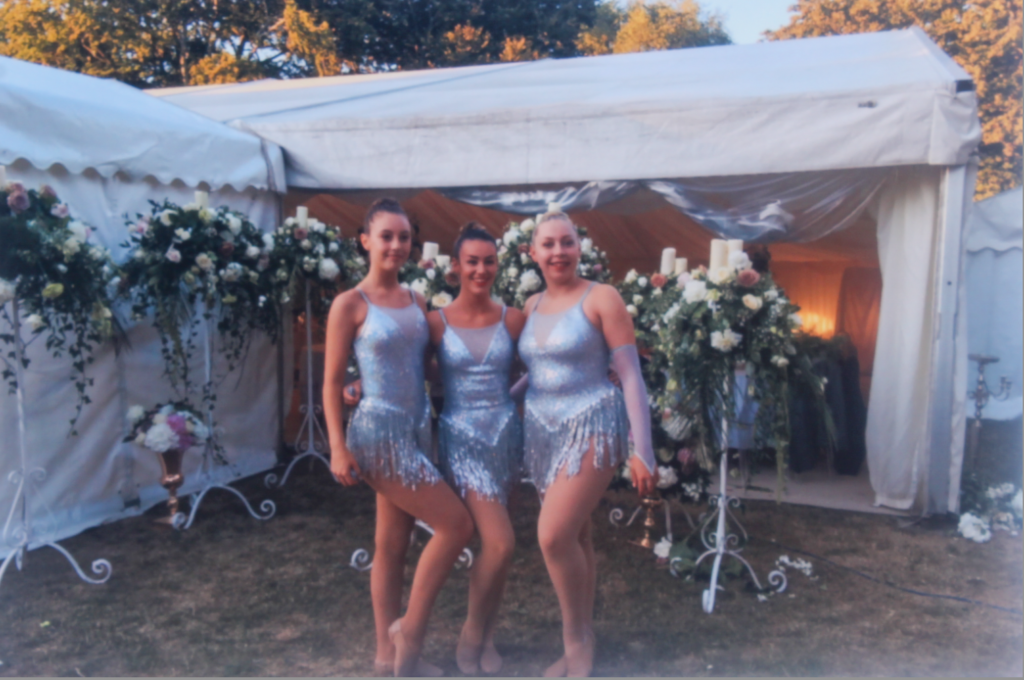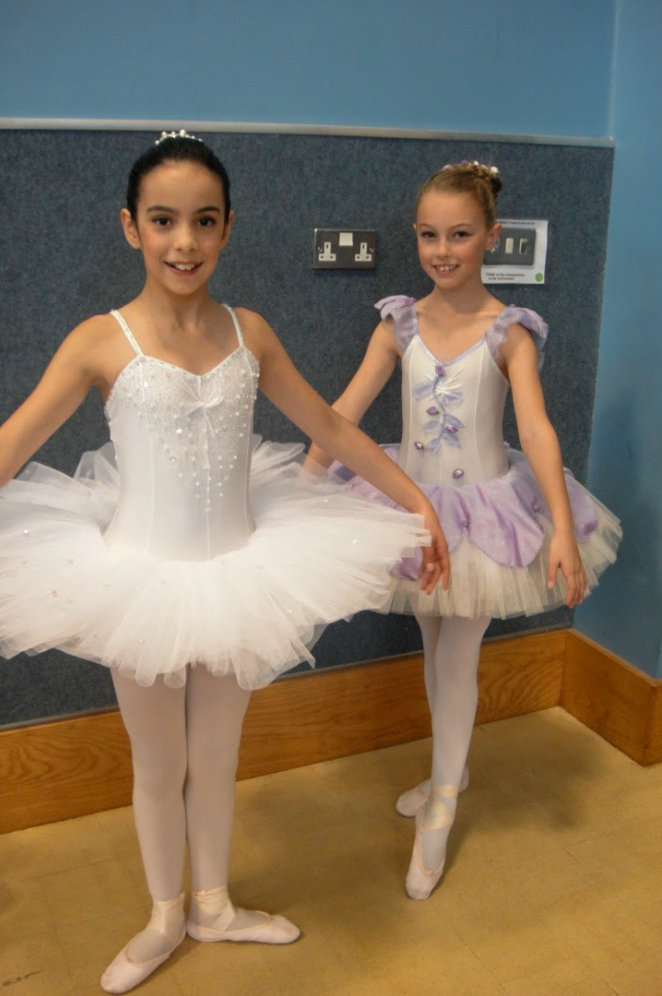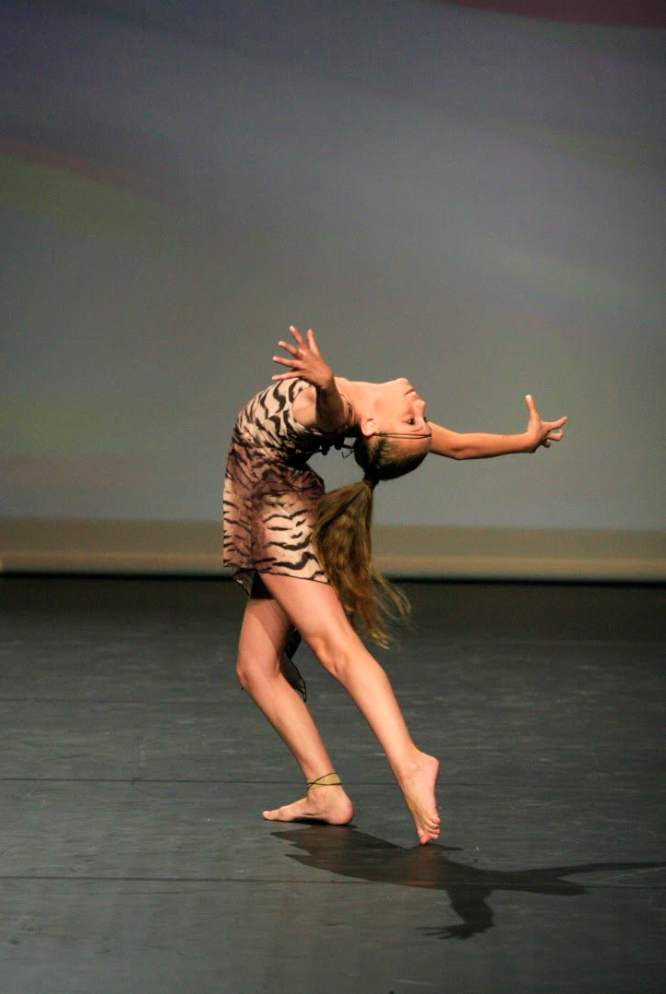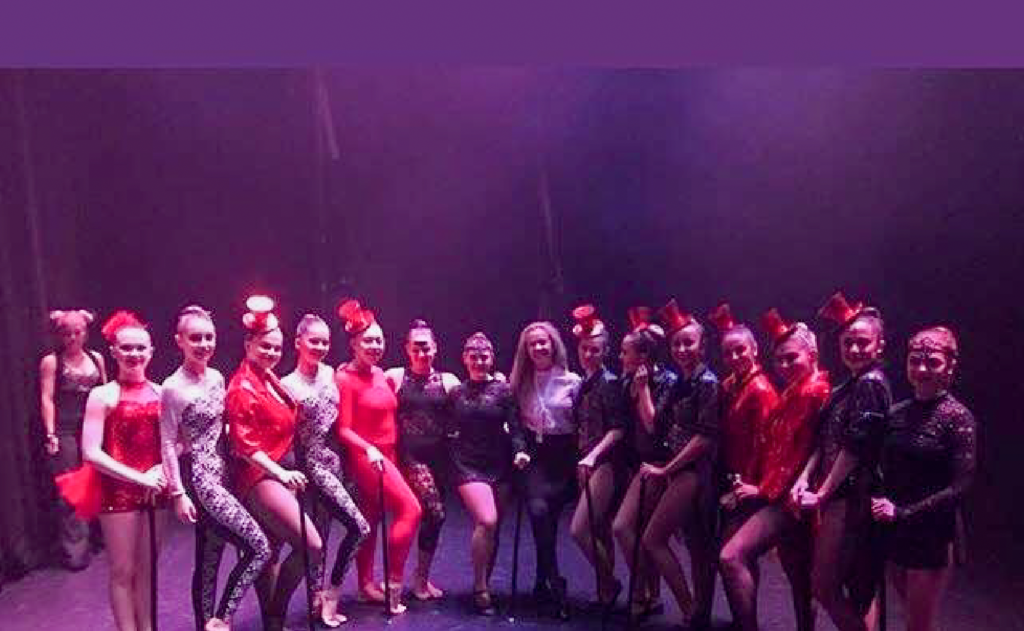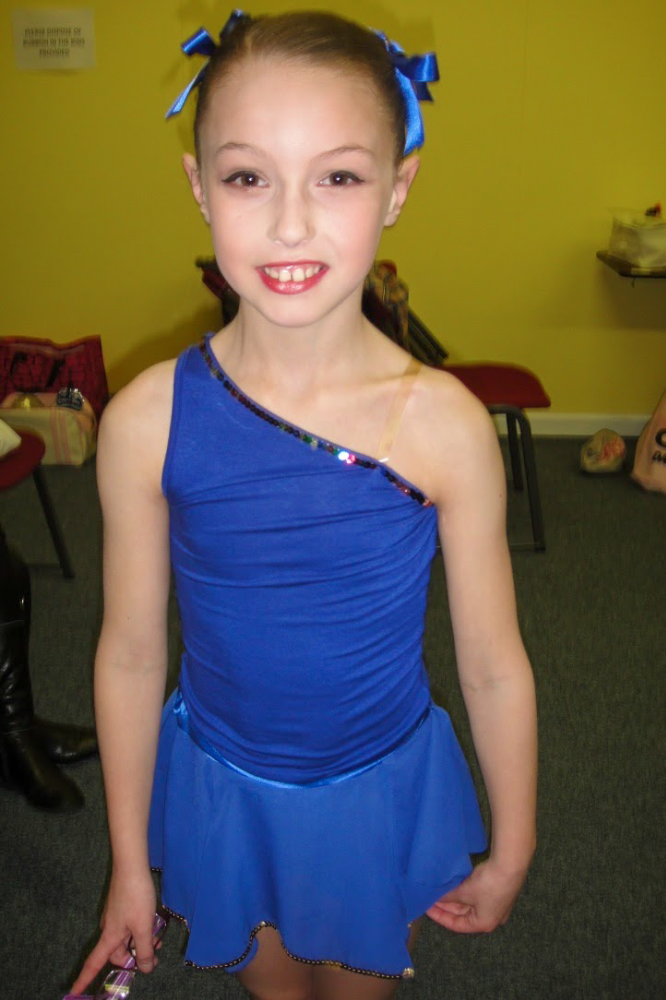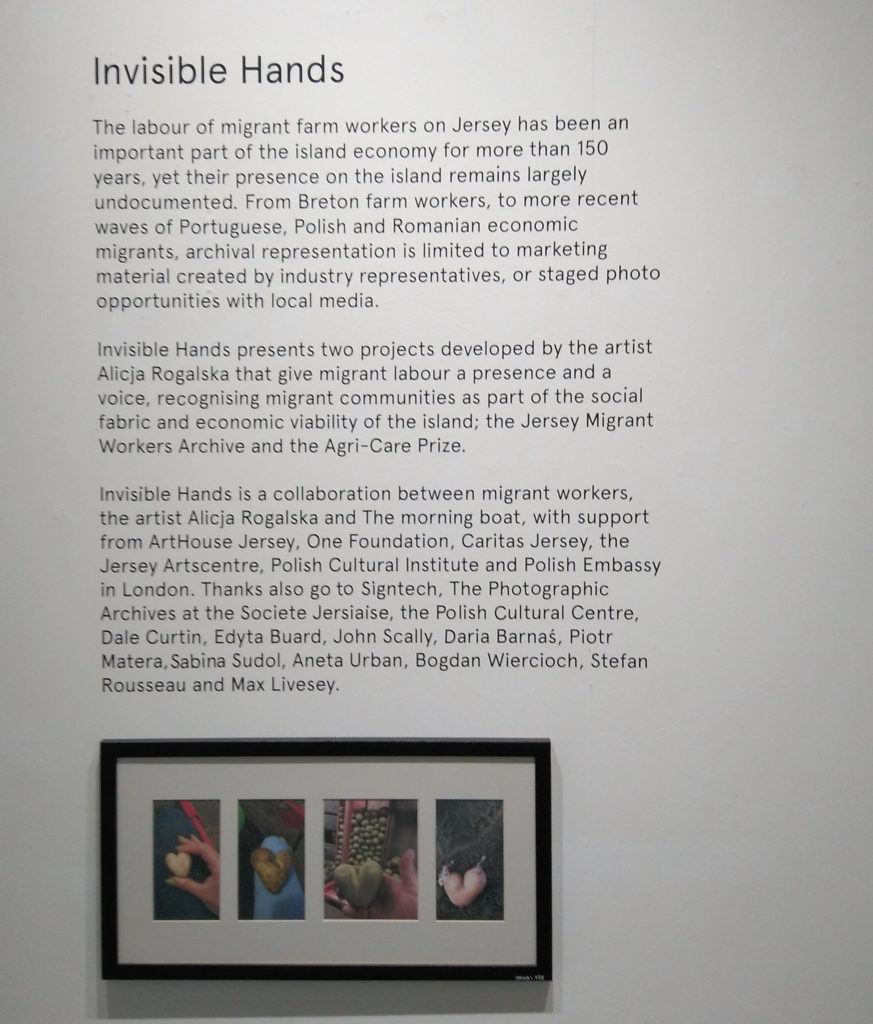Essay Question- Is it possible for photography to capture moments in time objectively and truthfully?
Opening Quote- What are the differenced between reality, witness and point of view?”– Bright and Van Erp 2019:19
Introduction (250-500 words)- What is your area of study? Which artists will you be analysing and why? Will you be using photographs as a way of showing your idea? How will these aspects respond to their work and essay question?
My personal investigation looks into the development of my dance journey throughout the years from 2010. I specifically will be looking into the physical elements i still own such as objects, costumes and images in order to show my journey truthfully. This idea has come from looking into artists Diana Markosian, and Walker Evens who show a clearly their personal styles through their use in photography. Diana looks into archival imagery through her personal life to add emotion to ideas, where as Walker is a documentation photographer and uses the project ‘ let us praise famous men’ to showcase his style.
Paragraph One (500 words)- Historical/ Theoretical context within art, photog and visual culture relevant to your area of study, Make links to art movements
Realism and Straight Photography was first introduced in the 1840s and looks at producing imagery which displays life how it is. Artists who work within this area mostly focused on looking into cultural and social issues which were revenant within that time, helping to gain recognition to issues and showcase detailed images to exhibit real life. Artist Frederick Henry Evens and his project ‘A sea of a Step’ is known to distinctly present realism through the use of lighting and space. He uses symbolism of creating subjective perspectives while changing the reliability of art movement. Focusing more on documentary photography, artist Walker Evens uses portraiture to show lifestyle within an enviroment which can sometimes be shown as being accurate or inaccurate. This carries me to explore my own topic which is based on my own dance lifestyle and I left that using a small element of documentary photography within my project would be nessesary to capture my intended subject. Carrying on from this, Paul Strand took an interesting approach to photographing objects where he uses the ‘Macro Technique’ which shows clear focus on light and shadowing. This gives an idea as to how Strands work is seen and how his work causes a narrative which can illustrate how the art movement can be truthful.
Paragraph Two (500 words)- Analyse first photographer in relation to your essay question. Present/evaluate your own images and responses.
I will be analysing my chosen photographer Diana Maroksian and looking through her non-traditional way of photographing archival images. I feel as if her use of archival images adds an element of truth to her work and contrasts a stereotypical family, adding a sense of loneliness to her work. This particular emotion can be linked to the use of black and white edit which is typically used, creating more depth in the background of her work. To extend this, Maroksian had a particular project called ” Inventing my Father” which can be seen as portraying the truth behind her families upbringing, in particular how her mother left her father to move to California, not thinking on how the children would feel later on in life not being able to be brought with with a father figure. Adding to this, she cut the father out of all the images in the family album, adding separation. I feel as if this clearly shows an element of truth in her work and also shows that archival imagery is a successful way of representing how reality is.
Paragraph Three (500 words)- Analyse images which will help to represent your ideas and visions

This image shown above is from Markosian’s project ‘ Inventing my Father’ which explores her family history from when she was born to the time period where the project was published. The project is very emotional and focuses mostly on the images she has taken which don’t include a lot of editing, adding a raw approach to her work and showing it for how it originally was, adding an element of truth to her work. We can see in the image above that conceptually it seems as if there has been a disappearance of a family member, due to the size and build it looks like a male suggesting it is her father. The cut out also proposes that the father has either left or the mother has left him as a cut out is very drastic for precious family photographs. Carrying on from this, the cut out shows to the audience how important diana’s mother was to her, being her only adult influence throughout her life. Furthermore, the edit also carries a lot of emotion through it which is obvious to the audience, these emotions include emptiness, loneliness and pain. To contrast, the contextual approach to this particular image is said that this particular image shows Diana’s mothers heavy emotion which can be seen as being in pain as she cut out her husbands image from the family photograph after she left him to move to California after he had been dissapering for weeks on end and then showing up one day. The cut up also shows the loss of a family member and how he isnt ‘family’ anymore because of his unhealthy habits towards his loved ones. Technically, we don’t know whether this image has been taken with a camera because of the high quality phones which are used in this day and age. However, we can see that there has been artificial lighting used in taking the image because of shadowing.
Paragraph Four (500 Words)- Analyse second photographer in relation to your essay question. Present/evaluate your own images and responses.
Walker Evans most recognizable work is from his project ‘ Let us Now Praise Famous Men’ a series where he explores Alabama farmers during the Great Depression from portrait using a documentation style of photography. Looking into his portraiture, it is clear to see what the families have gone through and how they don’t know any different. He has stated that he enjoys to use editing as a large part of his image as it develops an image even if you are trying to prove a realistic point. Evans imagery has been described as “You can’t sniff the stink of the quilts in the Evans pictures” showing a positive response to his work and emphasis how he is accurate with representing his work in the way he is successful at capturing raw images through simplicity. Evans uses naturalistic lighting to capture his images and does not position the models, but photographs them in their typical element adding a sense of truthfulness and reality. Capturing the subject in their naturalistic environment allows a sense of authority to the images, adding emotion and a sense of sympathy.


